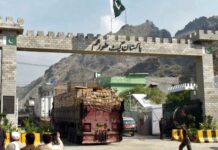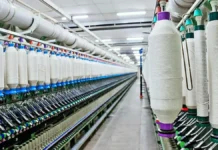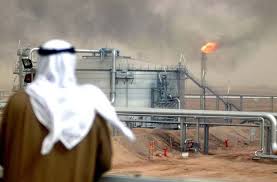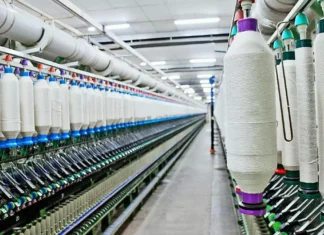Saudi Arabia’s non-oil gross domestic product (GDP) is expected to grow by up to 6% by the end of this decade, driven by the ambitious Vision 2030 agenda, according to a report by S&P Global.
The report highlights the Kingdom’s ongoing efforts to diversify its economy away from oil, with significant contributions from sectors like tourism, construction, and entertainment. This transformation, backed by more than $1 trillion in megaprojects, aims to reduce the oil sector’s share of GDP from over 30% in early 2024 to 24-26% by 2030.
Central to this economic shift are projects like NEOM, which is expected to attract nearly half of the total investment under Vision 2030. While some adjustments to projects like NEOM are possible, the overall outlook remains strong, with domestic demand rising, particularly in tourism and household consumption.
The government is pushing to increase household spending, which is currently 15-20% lower than in similar economies, offering substantial growth potential. The Quality of Life Program, a key initiative under Vision 2030, is projected to double household spending on entertainment from 2.9% to 6% by 2030, boosting sectors like tourism and retail.
The construction sector is also playing a crucial role, with megaprojects such as Qiddiya, Diriyah, and the Red Sea Project driving demand for construction materials and services.
Despite potential reductions in some projects, the ongoing construction boom is set to significantly contribute to the country’s GDP in the coming years. The government has earmarked $1 trillion for Vision 2030 initiatives, with NEOM alone accounting for nearly half of that budget.
Meanwhile, Saudi Arabia is aggressively promoting its tourism sector, aiming to attract 150 million visitors annually by 2030. The introduction of e-visas and the development of major tourism projects like AlUla are part of the broader strategy to position the Kingdom as a global destination and diversify its economy. International tourists are expected to provide a significant boost to economic growth, as they generally spend more than domestic visitors. Expanding tourism infrastructure, such as hotels, resorts, and cultural attractions, is expected to further drive non-oil GDP growth.
However, long-term success will depend on Saudi Arabia’s ability to improve labor productivity, which has lagged behind both developed and emerging economies. The Kingdom’s reliance on less productive industries, such as construction, has limited diversification into high-efficiency sectors.
The report notes that Vision 2030 reforms also aimed at enhancing education, vocational training, and workforce skills will be crucial in driving productivity gains and ensuring sustainable economic growth. The expanding participation of women in the workforce, which has already surpassed Vision 2030 targets, is another critical factor in boosting household incomes and consumer spending.
While the oil sector will continue to play a role, with plans to raise production to 11 million barrels per day by 2028, the overall share of oil in the economy is expected to decrease. Saudi Arabia’s journey towards economic diversification through Vision 2030 is set to reshape its economic landscape, with non-oil sectors becoming increasingly significant drivers of growth.























